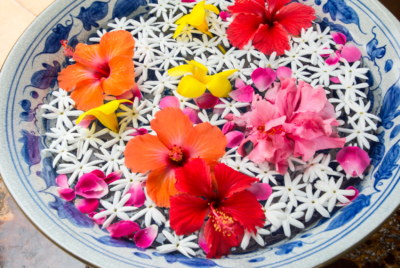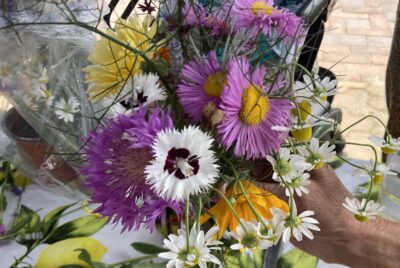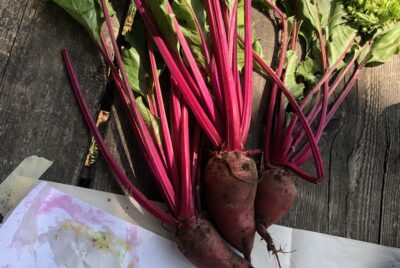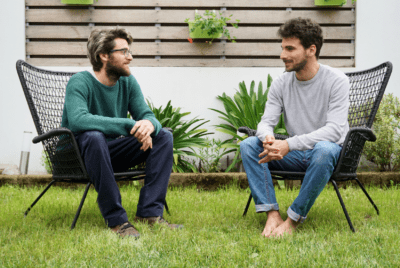RESEARCH
Current Status of Complementary Therapies Provided by Hospice Palliative Care in South Korea
Summary
This study investigates the use of complementary therapies in hospice palliative care facilities in South Korea. An email survey conducted from September 2 to September 23, 2020, gathered responses from 109 therapists and 59 managers across 55 hospice facilities. The findings revealed that hospices provided an average of 3.67 types of therapies, with horticultural therapy (81.4%), music therapy (79.7%), art therapy (76.3%), and aromatherapy (57.6%) being the most common. Sessions typically lasted 60 minutes and occurred weekly, with nearly all therapists (96.3%) holding qualifications, though certification standards varied significantly.
The study highlights the perceived positive impact of these therapies, with therapists and managers rating their effectiveness highly (average scores of 8.90 and 8.38 out of 10, respectively). However, challenges such as inconsistent certification processes, low therapist pay, and lack of full-time employment were noted. The authors recommend developing evidence-based guidelines tailored to each therapy type to enhance their effectiveness and ensure sessions align with theoretical principles. The study concludes by emphasizing the need for policy support to improve employment conditions for therapists and to integrate complementary therapies as essential components of hospice care.







